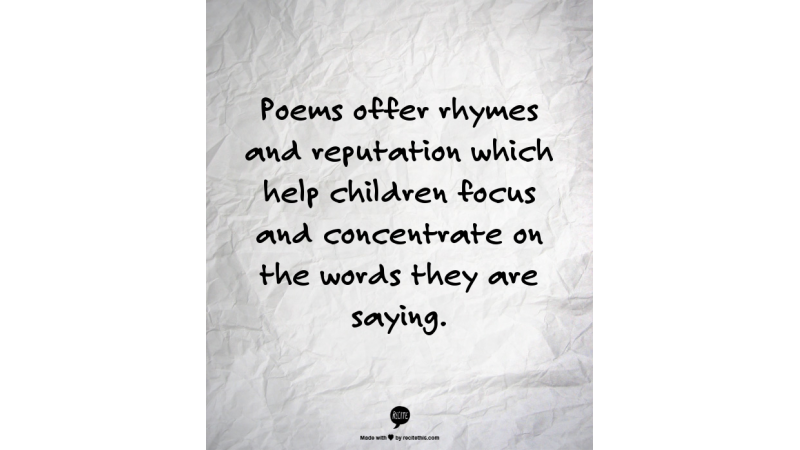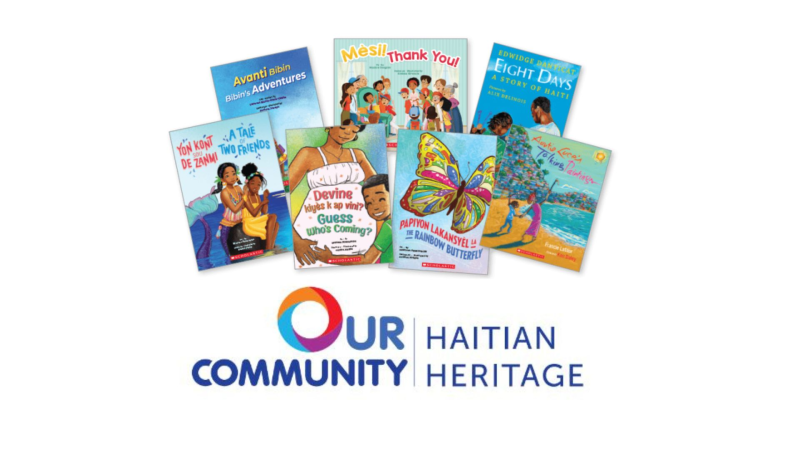 Today is Poetry at Work Day! As you can imagine, we have a ton of poems floating around the Scholastic office. From the amazing work created by the winners of the Scholastic Art & Writing Awards to free activities and lesson plans on the Scholastic Teacher Site, we celebrate poetry at work every day.
Today is Poetry at Work Day! As you can imagine, we have a ton of poems floating around the Scholastic office. From the amazing work created by the winners of the Scholastic Art & Writing Awards to free activities and lesson plans on the Scholastic Teacher Site, we celebrate poetry at work every day.
Beyond reading poems for enjoyment, they serve as a great tool for early education. Poems offer rhymes and reputation, which help children focus and concentrate on the words they are saying. Whether it’s "Twinkle Twinkle Little Star" or "Mary Had a Little Lamb", poems foster phonemic awareness and introduce students to new vocabulary, which helps them become strong readers.
Beauregard Parish School in Louisiana, for example, uses poems to engage families and teach letters and phonemic awareness to students. Through the research-based literacy program Fast Start, developed by Timothy Rasinski and Nancy Padak of Kent State University, parents can take an active role in their children’s education though poetry. Fast Start encourages parents to read poems to their child, and then they read the same poem together, followed by the child reading the poem independently. Through reading and rereading these poems, children can recognize rhymes, learn new words and build a strong reading foundation.
What else can children learn from poems?






